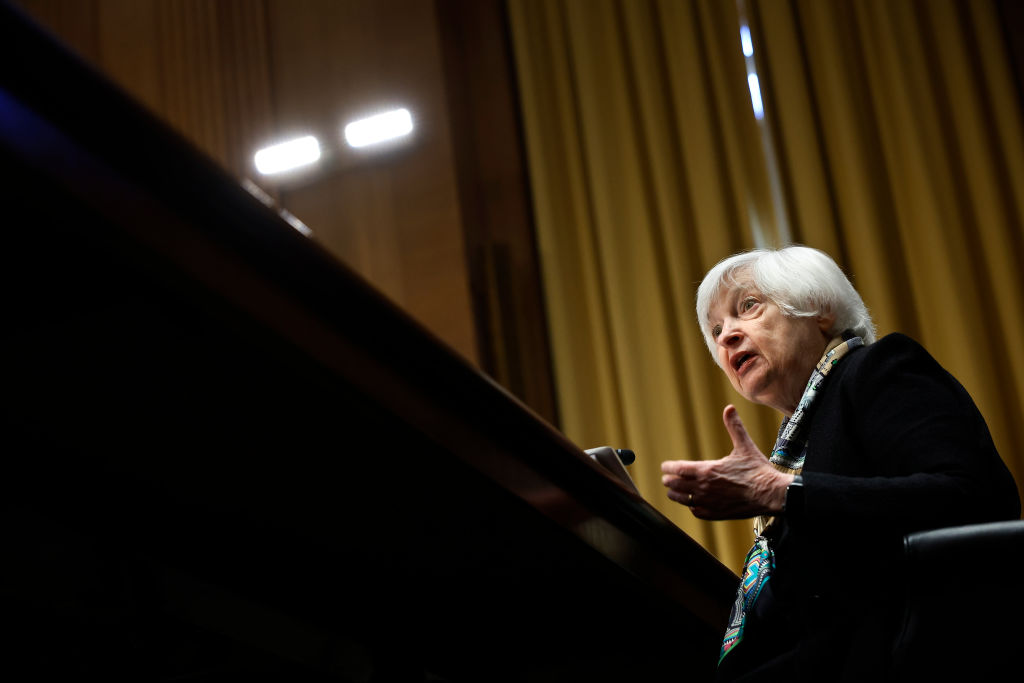While ‘traditional’ markets like stocks and bonds are embroiled in the chaos of the unfolding global banking crisis, Bitcoin and a number of other major cryptocurrencies have been enjoying some incredible gains.
Since the beginning of this year, the Bitcoin (BTC) has surged a whopping 69%, growing from a price of US$16,521 on January 1 to US$28,625 today. This enormous growth from the flagship cryptocurrency has seen more than US$300 billion flow back into the crypto market, according to data from TradingView.
While many market participants are still fearful of the possibility of an imminent crash — looking to the recent demise of major crypto-friendly banks like Silvergate and Silicon Valley Investment Bank — surprisingly, a growing number of crypto investors are becoming more optimistic about the continued growth of Bitcoin moving forward.
This has come as a surprise to many, as less than three weeks ago, the majority of major analysts and investors were far more pessimistic with their predictions for crypto market. So what’s changed?
Why is Bitcoin going up today?
There’s a few key reasons why the outlook for crypto has changed so drastically over the past few weeks, most of which can be traced back to the US Federal Reserve’s response to the banking crisis.
Earlier this month, a financial institution known as Silicon Valley Investment Bank (SVIB) — the bank for many of the venture capitalist and tech firms in Silicon Valley — was at risk of becoming insolvent. On Sunday, March 12 the US government took drastic measures to ensure that clients of SVIB would be able to access their funds, effectively preventing a major banking meltdown.
To put it in perspective just how rapidly things were going down the tubes for financial institutions in America, regulators announced on the same Sunday that New York-based Signature Bank had also failed and would soon have all of its assets seized. With over US$110 billion in assets, Signature Bank was the third-largest bank failure in US history.
So what does all of this have to do with crypto?
In response to the wider banking contagion — which is now in the process of spreading throughout the entire world — the US Federal Reserve (America’s central bank) has unveiled an emergency loan program that could see up to US$2 trillion dollars injected into the economy to help prop up failing banks.
Yellen
With Treasury Secretary Janet Yellen noting that much of the banking crisis can be traced back to increased interest rates, it looks increasingly likely that the Federal Reserve may press pause on any short-term interest rates hikes. This combination of a massive injection of liquidity into the economy combined with a slowdown on interest rate hikes has seen crypto investors become incredibly bullish on the near-term growth of assets like Bitcoin and Ethereum.

This line of thinking can be seen in an investment note written by Goldman Sachs analyst David Mericle, who has speculated that the Federal Reserve won’t be increasing interest rates at the next Federal Open Market Committee (FOMC) meeting, scheduled for later this week.
“While policymakers have responded aggressively to shore up the financial system, markets appear to be less than fully convinced that efforts to support small and midsize banks will prove sufficient,” Mericle wrote in a note to Goldman clients first seen by Marketwatch. Still, Mericle warned that the Fed can get back on track with rate hikes again quite quickly.
Typically, when the Federal Reserve raises interest rates, investors look to take their money out of risky assets like cryptocurrencies and growth stocks.
Bryan Ventura, a senior lawyer specialising in Web3 and the chair of BlockchainNZ, echoed Mericle’s line of thinking, telling The Chainsaw that there’s a high likelihood that the ‘bottom’ for the cryptocurrency has already been seen this year, and that prices will continue to move upwards.
“I think there’s a better than 50% chance Bitcoin has already bottomed this cycle, more closely resembling the 2016 – 2020 cycle.”
Brian Ventura
“Some technical analysis indicators suggest a bullish trend for Bitcoin short-mid term on good volume. This might be proof of Bitcoin being used as an inflation hedge, among other things,” Ventura added.
Crypto stares down a hostile regulatory environment
Despite many investors being temporarily overjoyed at the macro factors driving crypto prices upwards, increased regulatory actions from authorities in the United States points to a potential decline in the value of crypto assets moving forward.
Recently, both the New York Department of Financial Services (NYDFS) and the SEC have come down hard on a number of major cryptocurrency firms in the US over the course of the last two months.
At the beginning of February, the SEC fined the US-based crypto exchange Kraken US$30 million and ordered it to shut down its ‘staking as a service’ products for American clients. This caused wider fears that the regulator may soon look to ban the practice of crypto ‘staking’ in its entirety, a move that would have potentially disastrous effects for the wider market.
Days later, the NYDFS ordered a company called Paxos to stop issuing Binance’s US Dollar-pegged stablecoin, ‘BUSD’. Immediately following this, the SEC announced it would be launching legal action against Paxos, as it deemed that the BUSD stablecoin is in fact, an unregistered security.
Overall, where the price of Bitcoin and other cryptocurrencies move in the coming days and weeks is anyone’s guess. Macro conditions in times of crisis are prone to rapid and drastic changes that can see well-established markets rise or fall in a matter of days. With this in mind, it looks as though the short-term future for cryptocurrencies is bright, but still prone to risk events.





